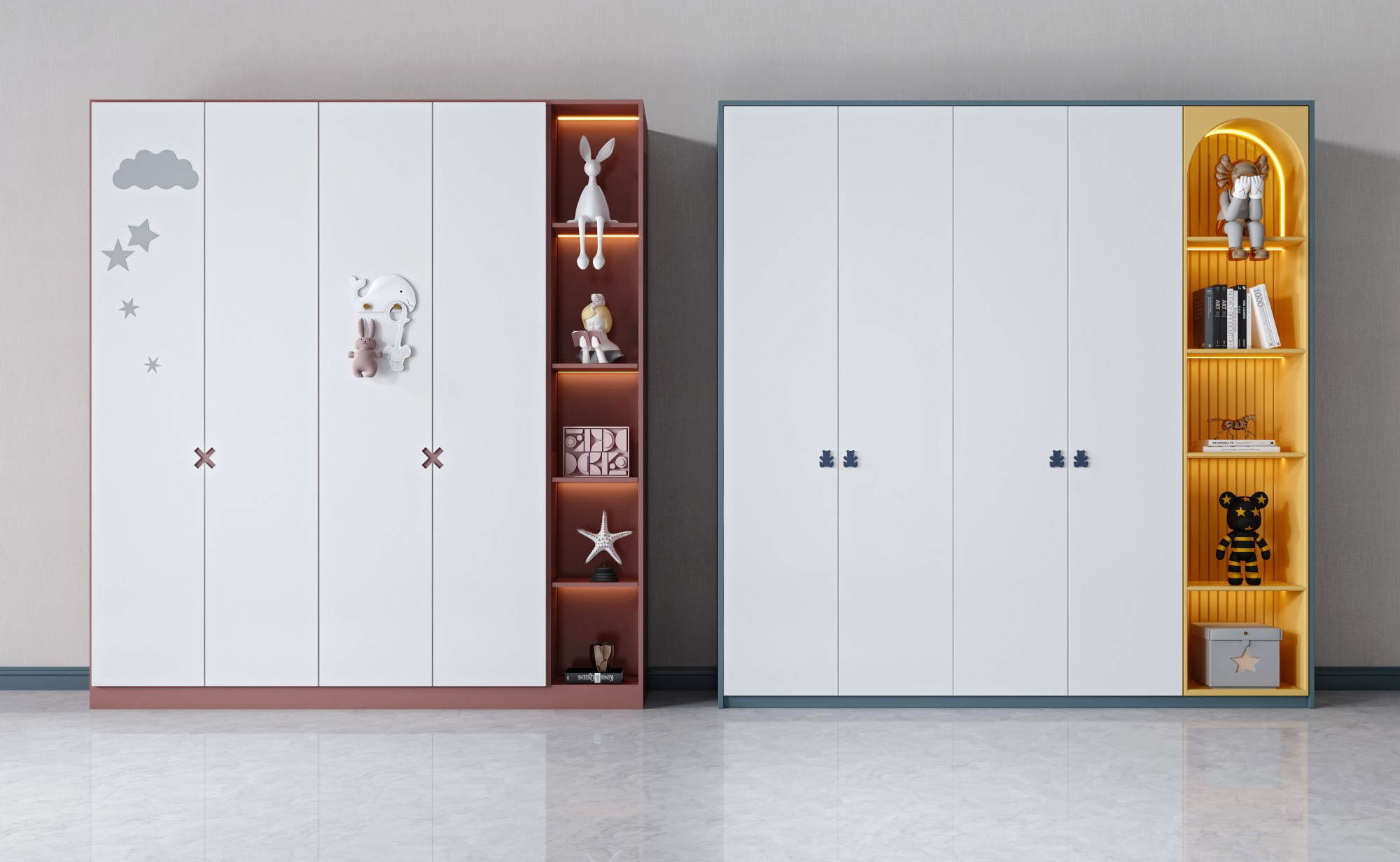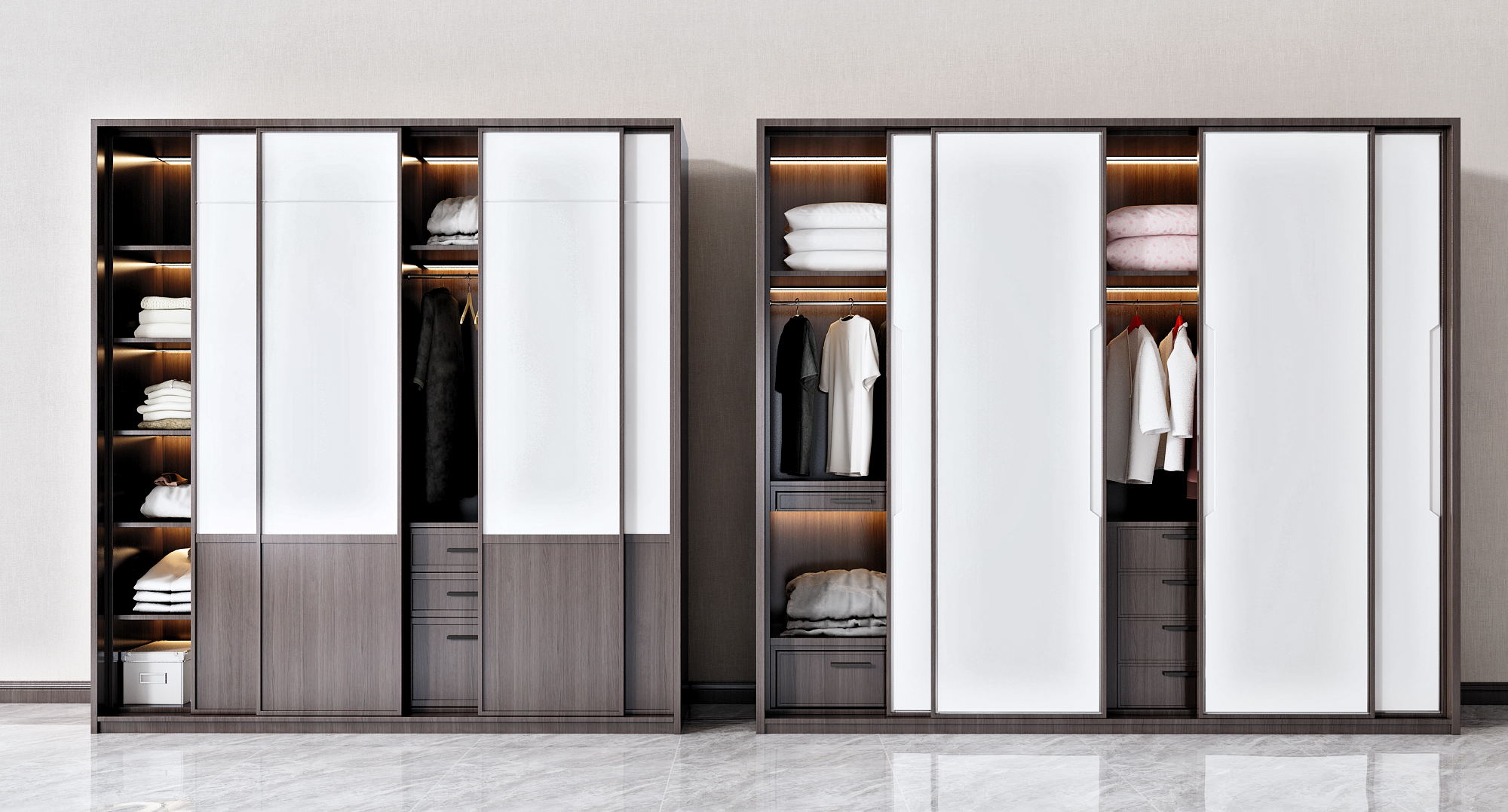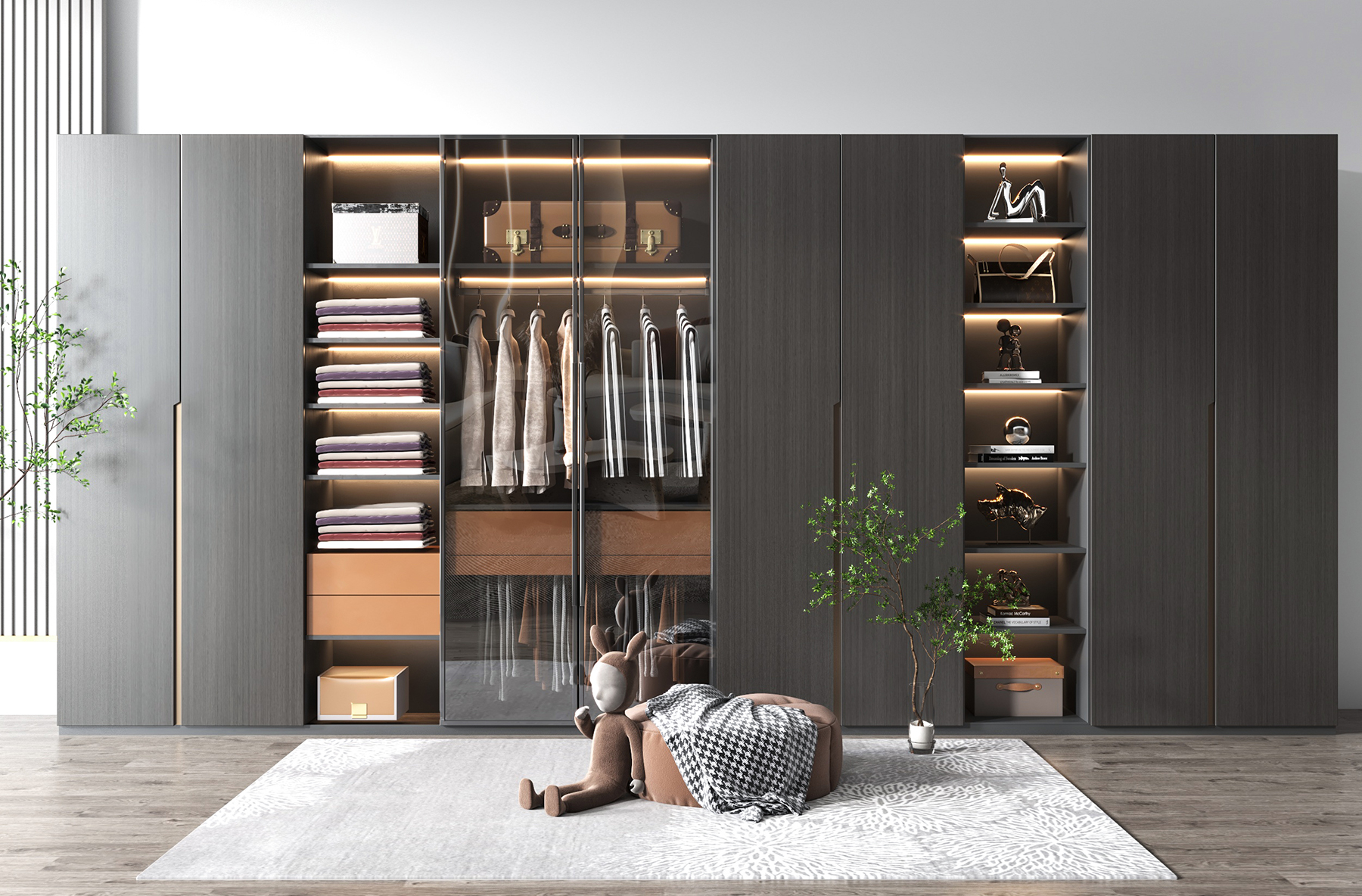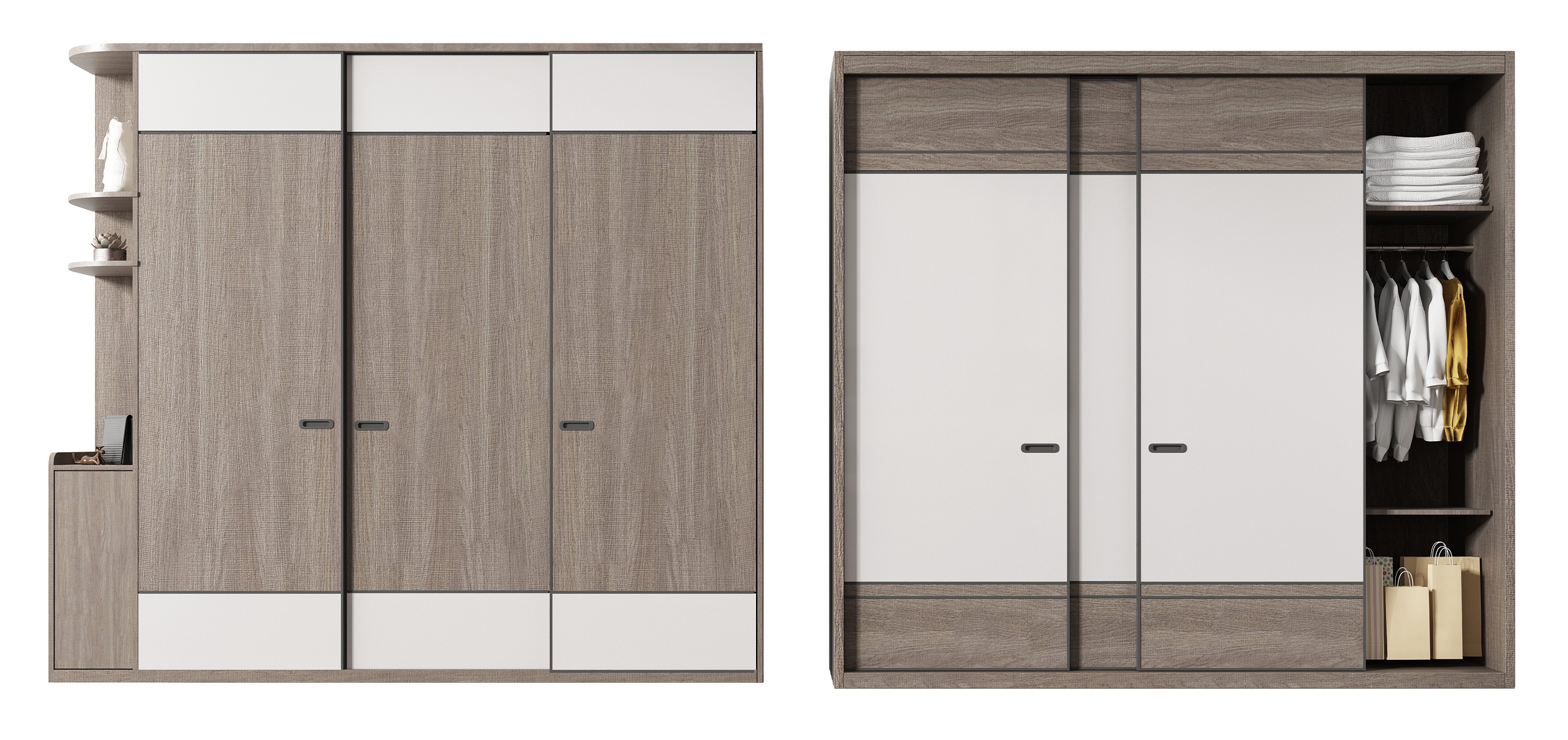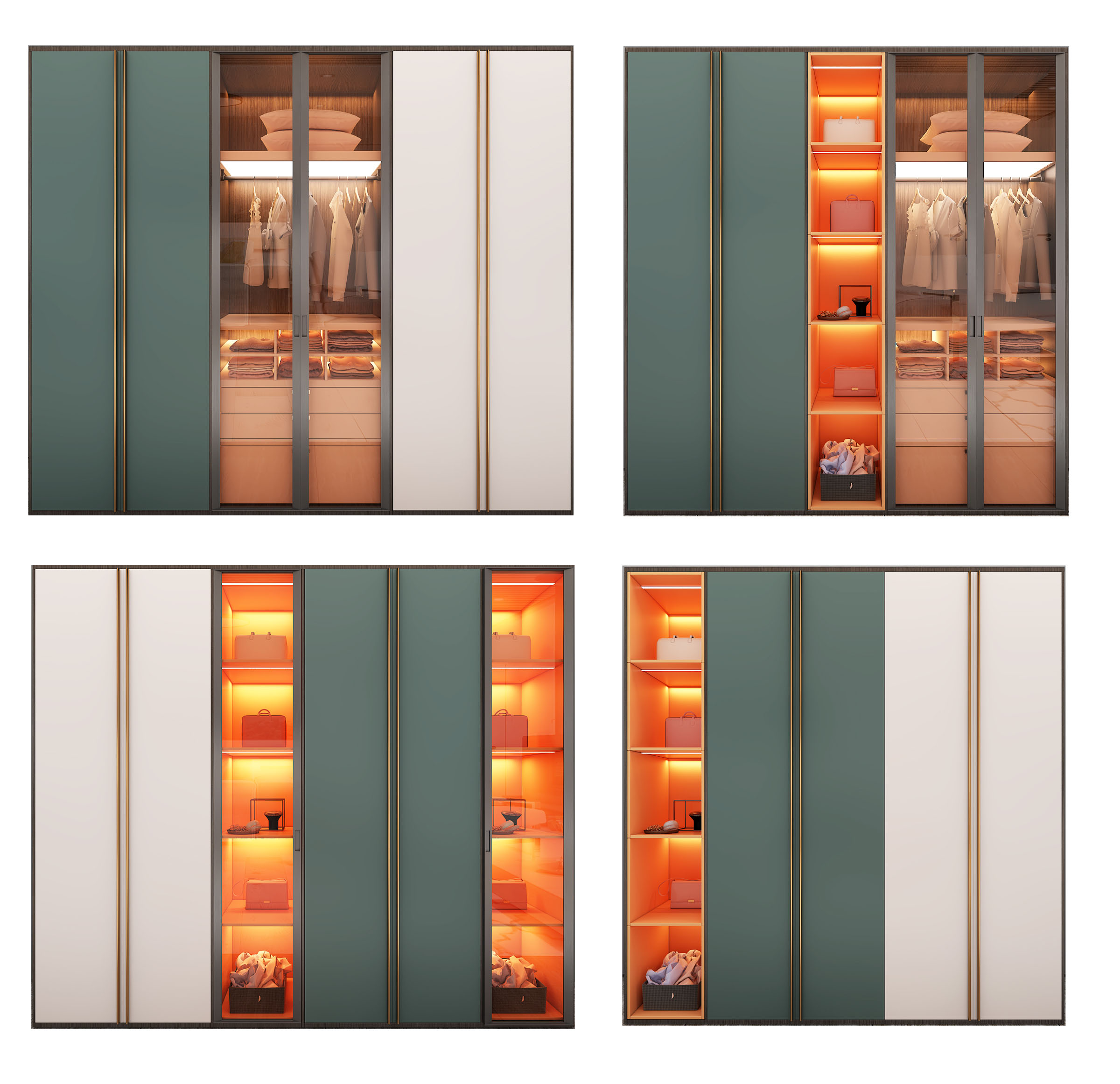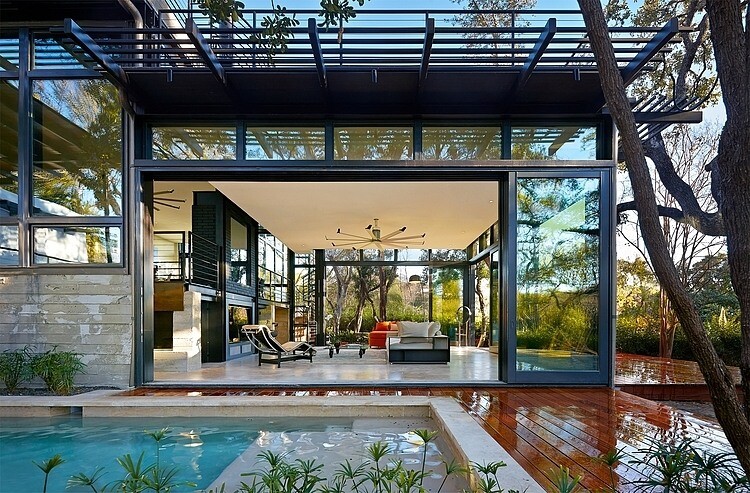Choosing the right bedroom wardrobe is more than just about storage—it can transform the entire space, making it more functional and aesthetically pleasing. Whether you’re developing high-end apartments or family homes, wardrobes play a crucial role in maximizing storage while enhancing design appeal.
For developers, selecting the best wardrobe involves balancing cost-efficiency with durability and style. According to Houzz data, homeowners are increasingly opting for fitted wardrobes, which save space and boost room value. At the same time, built-in wardrobes with sliding doors are becoming popular in urban developments, thanks to their sleek design and space-saving capabilities.
Why does this matter? A well-designed wardrobe not only improves a room’s functionality but also increases the perceived value of the property. Developers who invest in thoughtful wardrobe solutions will find their projects standing out in a competitive real estate market.
Ready to explore the options? Let’s dive in!
Wardrobe Types for Developers
When choosing bedroom wardrobes for residential projects, it’s crucial to understand the various types that cater to different spaces and budgets.
1. Fitted Wardrobes
Fitted wardrobes are built directly into a room, maximizing every inch of space. They’re ideal for apartments or homes with awkward layouts or alcoves. According to Ideal Home, fitted wardrobes can significantly increase property value by offering efficient storage solutions.
2. Freestanding Wardrobes
Freestanding wardrobes offer flexibility. They can be moved or replaced easily, making them a practical option for developers working on short-term projects. Though less space-efficient, they are cost-effective and come in a variety of designs and finishes.
3. Sliding Door Wardrobes
These are perfect for rooms where space is limited. Sliding doors save floor space, and the design adds a modern, sleek look to any room. Sliding wardrobes are particularly popular in urban developments.
4. Walk-in Wardrobes
For luxury properties, walk-in wardrobes are a major selling point. They provide ample space for storage and organization, giving the home a premium, custom feel.Choosing the right wardrobe type can make a big difference in how attractive your properties are to potential buyers.
Optimizing Storage for Different Units
Maximizing storage is key to making a space feel functional and appealing. Here’s how you can tailor wardrobe storage to different unit types.
1. Compact Apartments
In small apartments, space-saving solutions are essential. Sliding door wardrobes or fitted designs with customizable shelves help make the most of tight spaces. Houzz suggests using mirrored wardrobes to create the illusion of a larger room. Incorporating overhead storage for seasonal items can further maximize vertical space.
2. Family Homes
For family units, the goal is versatility. Double or triple wardrobes with a mix of hanging space, drawers, and adjustable shelves are ideal. Families need storage for a variety of items—clothing, accessories, and even toys. Consider wardrobes with built-in organizers to keep everything in order.
3. Luxury Properties
Walk-in wardrobes are a must for high-end developments. These spaces offer ample room for hanging clothes, drawers, and even built-in lighting. For a premium touch, add custom shelving and integrated mirrors for a tailored, luxurious feel.
Optimizing wardrobe storage for each unit type increases functionality and boosts the appeal of the property. The right choices make a big difference!
Materials and Durability
When selecting wardrobes for residential projects, the right materials make all the difference in durability and aesthetic appeal.
1. Solid Wood
Solid wood wardrobes are durable, timeless, and highly valued in upscale developments. They can last for decades if properly maintained. According to Furniture Village, solid wood options, like oak or walnut, offer a classic look that appeals to buyers. However, solid wood can be expensive, and it requires more care than other materials.
2. MDF and Particleboard
Medium-density fiberboard (MDF) and particleboard are popular in modern wardrobe designs. They are cost-effective, lightweight, and versatile, making them ideal for budget-conscious developers. According to Houzz, MDF is less likely to warp over time compared to solid wood. However, it is less durable in high-moisture environments.
3. Laminates and Veneers
Laminate and veneer finishes provide a sleek, durable surface at a lower cost than solid wood. Laminates are scratch-resistant and easy to clean, making them great for high-traffic areas. Veneers, on the other hand, offer a more natural wood appearance at a fraction of the cost.Choosing the right materials ensures your wardrobes not only look great but last long and offer real value to homeowners.
Aesthetic Considerations for Developers
Choosing the right wardrobe design can make or break the visual appeal of a property. Developers need to strike the perfect balance between modern aesthetics and timeless charm.
1. Modern Minimalism
For urban developments, modern minimalist wardrobes with clean lines and neutral tones are highly popular. According to Houzz, sleek designs in white or grey are favored for their versatility in blending with contemporary interiors. They provide a seamless, clutter-free look that appeals to a wide range of buyers.
2. Traditional vs. Contemporary
Traditional wardrobes, often made from wood with ornate finishes, work well in luxury homes where a classic aesthetic is desired. Furniture Village reports that dark wood finishes add warmth and sophistication to bedrooms. In contrast, contemporary wardrobes, featuring gloss or matte finishes, cater to modern tastes.
3. Color and Finish
The color and finish of the wardrobe can set the tone for the entire room. Light tones like white or oak create a spacious, airy feeling, perfect for smaller rooms. On the other hand, dark finishes like walnut or black add a touch of drama and luxury.
Selecting the right wardrobe aesthetics ensures your properties are not only functional but also visually appealing to your target market.
Maximizing Space in Developments
Maximizing space is crucial for developers, especially in urban areas where every inch counts. Smart wardrobe designs can make a huge difference in how space is used efficiently.
1. Fitted Wardrobes
Fitted wardrobes are a game-changer when it comes to space optimization. They utilize every available inch, including alcoves or awkward corners. According to Ideal Home, fitted wardrobes can help developers create more storage without cluttering rooms. Built-in units also eliminate gaps between furniture and walls, freeing up valuable floor space.
2. Sliding Door Wardrobes
Sliding door wardrobes are perfect for tight spaces where traditional doors might get in the way. By saving clearance space, sliding wardrobes allow developers to add more storage without sacrificing room flow. Houzz highlights the growing popularity of sliding doors in small apartments.
3. Vertical Storage Solutions
Tall wardrobes with vertical storage options make the most of rooms with high ceilings. These units often include overhead compartments, perfect for storing seasonal items. According to Furniture Village, vertical storage can maximize space without overwhelming smaller rooms.
4. Multipurpose Designs
Wardrobes with built-in drawers or shelves allow for multiple uses in one unit. These designs help developers reduce the need for extra furniture, keeping rooms spacious and uncluttered.
By implementing space-saving wardrobe solutions, developers can create practical and appealing living spaces, even in compact units.
Budget and Cost-Efficiency for Developers
Balancing budget and cost-efficiency is key for developers when selecting wardrobes for residential projects. The right choice can save costs without compromising on style or functionality.
1. Standardized Wardrobe Solutions
Opting for standardized wardrobe designs across multiple units helps reduce costs. By avoiding custom options, developers can save on material and labor expenses. Bulk orders from suppliers often come with discounts, allowing developers to stretch their budget further.
2. Cost-Effective Materials
Materials like MDF and laminate offer a more budget-friendly option compared to solid wood. MDF wardrobes are durable, lightweight, and can be finished with high-end looks at a fraction of the price. Laminates are not only affordable but also scratch-resistant, making them ideal for high-traffic properties.
3. Built-in Wardrobes
While fitted wardrobes have a higher upfront cost, they maximize space and reduce the need for additional storage furniture. This can save developers money in the long term by adding perceived value to the property.
4. Low-Cost, High-Impact Designs
Simple design choices, such as sliding doors or mirrored finishes, can offer modern appeal without a hefty price tag. These cost-efficient options elevate the property’s appearance and attract buyers on a budget.
Being strategic with material choices and design can ensure developers maintain a balance between cost-efficiency and quality, making the project more appealing and profitable.
Features that Add Value to Developments
Incorporating the right wardrobe features can significantly boost the appeal and value of a development. Here are key features to consider:
1. Built-in Lighting
Wardrobes with integrated lighting add a modern, luxurious touch. LED lighting strips along hanging rails or inside shelves provide both convenience and elegance. According to Ideal Home, lighting can also enhance the overall functionality of a wardrobe, making it easier for residents to organize their belongings.
Offering adjustable shelves, hanging rails, and compartments allows buyers to personalize their wardrobe to fit their lifestyle. Houzz suggests that customizable interiors are especially appealing for families and professionals who need flexible storage solutions.
2. Mirrored Doors
Mirrored wardrobe doors not only save space by eliminating the need for a standalone mirror but also create the illusion of a larger room. This is particularly valuable for compact apartments.
3. Smart Storage Solutions
Integrated storage like pull-out drawers, shoe racks, or even hidden safes can add practical value. Furniture Village notes that maximizing storage efficiency is a major selling point, especially in urban developments where space is at a premium.
Adding these features ensures that your properties stand out in the market, offering both functionality and a touch of luxury that appeals to potential buyers.
Conclusion
Selecting the right bedroom wardrobe for your development can significantly boost both the appeal and functionality of your properties. By considering factors like storage optimization, materials and durability, and aesthetic choices, developers can enhance the overall value of a project. Whether you’re working on compact apartments or luxury homes, investing in smart wardrobe solutions—such as sliding doors, built-in lighting, or customizable interiors—adds long-term value and attracts a diverse range of buyers.
Additionally, choosing cost-effective materials like MDF or laminate allows developers to balance budget constraints without compromising on quality. Wardrobe features like mirrored doors and modular storage systems offer functionality and a touch of elegance that buyers will appreciate.
Ultimately, thoughtful wardrobe choices not only improve room layouts but also elevate the overall living experience for residents. Developers who prioritize these details will see the rewards in higher property values and satisfied clients.PA Home operates an 80,000 square meter in-house factory equipped with advanced machinery and a strict quality management system. This ensures that every bedroom wardrobe is crafted to the highest standards, from design to production. For developers, partnering with PA Home means receiving not only high-quality products but also reliable supply and on-time delivery, minimizing project delays and risks.
FAQS
1. What are the best wardrobe options for compact apartments?
For compact apartments, space-saving solutions like fitted wardrobes or sliding door wardrobes are ideal. Fitted wardrobes maximize storage by utilizing every inch of available space, while sliding doors help save floor space, giving the room a more open and modern feel.
2. What materials should developers choose for bedroom wardrobes to balance cost and durability?
MDF (medium-density fiberboard) and laminate are excellent cost-effective choices for developers. MDF offers a sturdy, lightweight solution that resists warping, while laminate finishes are durable, scratch-resistant, and easy to clean, making them perfect for high-traffic properties.
3. How can wardrobes increase the value of a property?
Wardrobes that optimize storage, such as fitted or walk-in designs, enhance room functionality and make spaces feel more organized. Features like built-in lighting, mirrored doors, and customizable interiors add a modern touch, increasing the perceived value of the property for potential buyers.


